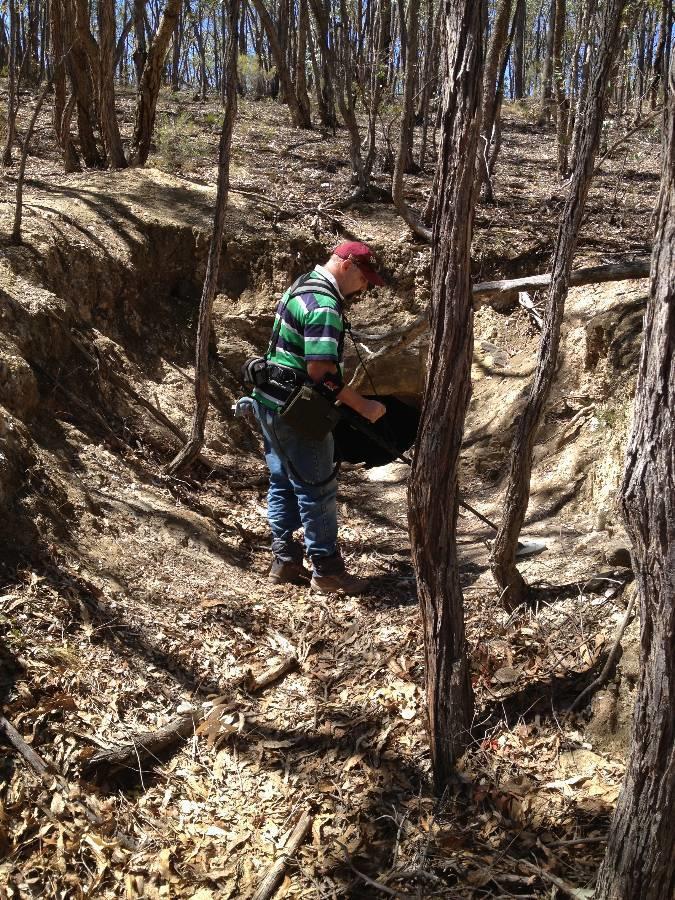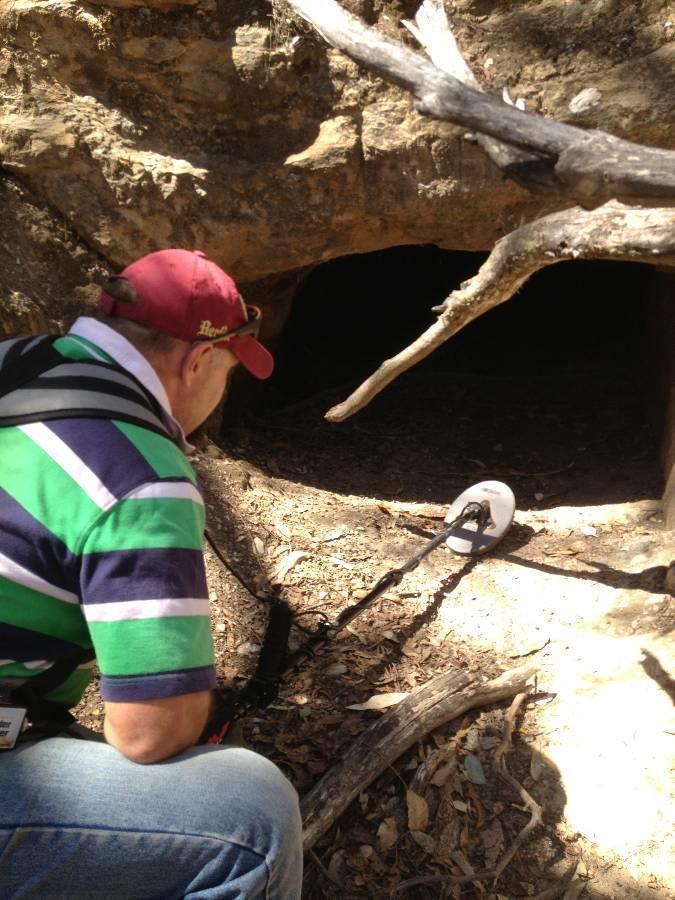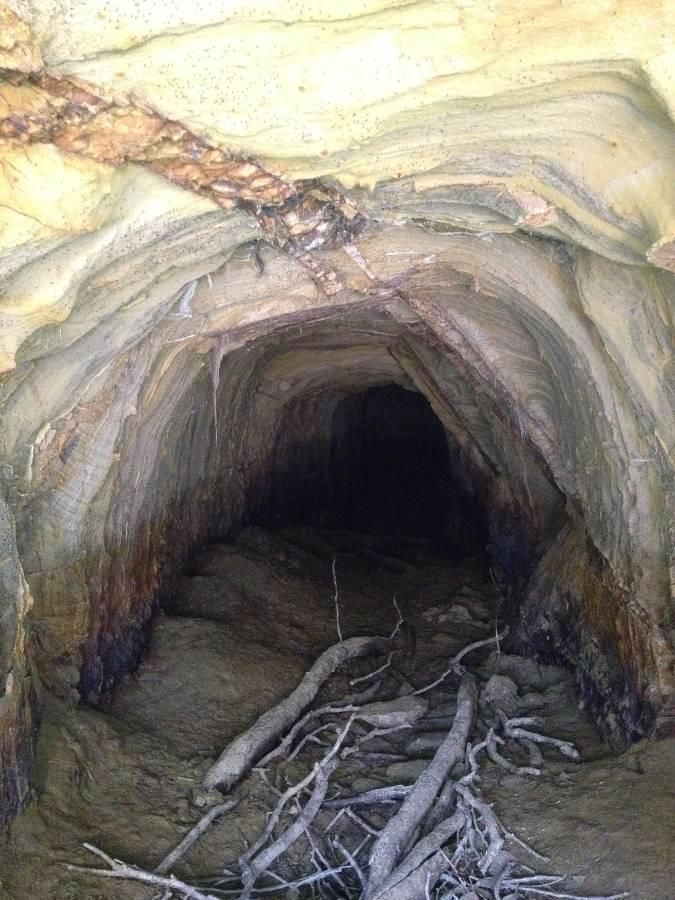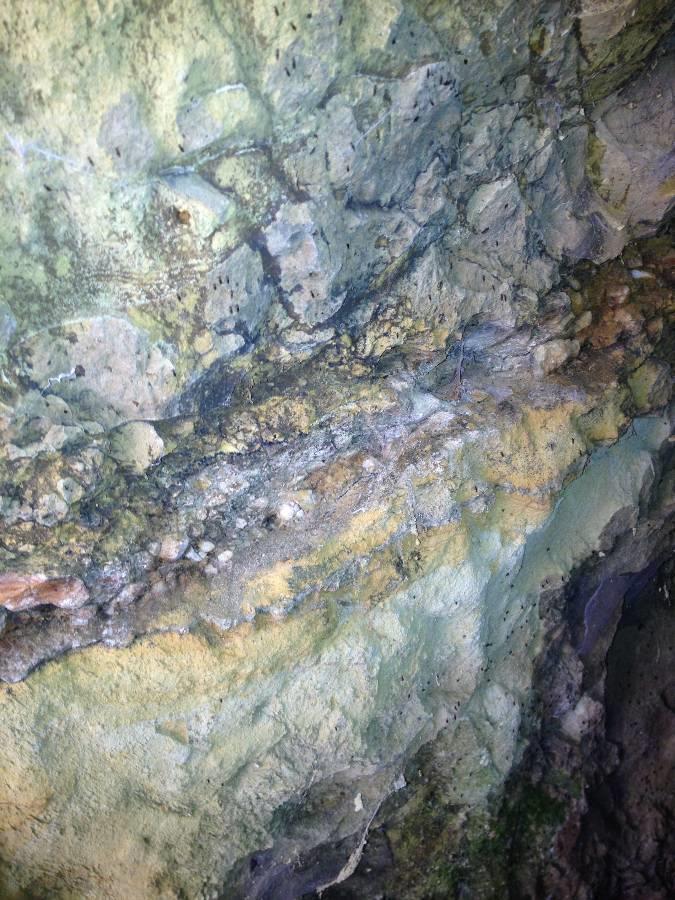Mystyk59
Bill
- Joined
- Feb 21, 2013
- Messages
- 346
- Reaction score
- 208
A mate of ours posted this on our page on facebook and i thought it might be useful for some of those starting out 
1. Look for greenstone, most of the worlds biggest gold deposits occur where you find greenstone. It indicates that the rock was hot enough to create the right conditions for gold to form.
2. Look for quartz, specifically look for rose quartz. Again a good indicator that it was hot enough for gold to form. Black quartz by the way indicates there was radiation in the ground when the quartz formed so they look for that when they are mining uranium ore.
3. Look for scrubby country with short vegetation growth as that can indicate the bedrock is shallow.
4. Look for old creek beds near current creeks. The creeks will change their course over millions of years.
5. Look for gold on the bends in the creeks, specifically look for what direction the water is flowing in and then look on the banks in the bends of the creeks where the gravel / sand has built up that is facing the direction of the water flow.
6. Keep an eye out for Dwarf pine trees they dont grow much beyond about a metre high. These are a good indicator that the chinese miners have been around the area as they used to bring in pine nut and chew the husks off these and spit out the seeds.
7. Think what a lump of really heavy gold would do in the area you are looking in. Gold is 19 times heavier than water. It will sink to the bottom as soon as it has the opportunity to do so. If the water is flowing really quickly in a creek look for areas where it slows down or there are eddy currents.
8. Look for ironbark the bigger, thicker and darker the black trunk of the ironbark the more likely there is an underground water source. Which was most likely an ancient creek or river in the area.
9. Look for treelines i.e. rows of trees growing by themselves in scrubby country. This again could show an ancient water course now underground.
10. Look for old diggings, specifically look for tailings piles i.e. big mounds around the old diggings. These may now be covered in grass and weeds but you will recognise them as not being natural features. The old timers didnt have access to the technology we have today so missed some of the gold in their tailings.
11. Make sure to look around tree roots as gold often gets caught up in these. Some of the biggest nuggets have been found in tree roots.
12. Gold reefs will follow a particular direction usually North to South. Try and find old maps showing the reefs for the area you are interested in.
13. Do your research, look up geo maps for the area you want to prospect in, try and get old newspaper articles for the area. Talk to the locals. Ask the department of mines for assistance.
14. In creek beds look for large rocks that have blocked the course of the water and then excavate behind these on the opposite side to the water flow as they will create eddy currents behind them where the gold can drop.
15. Look for any coloured agate in the area again this can indicate it was hot enough to create gold. The clearer the agate the better.
16. In creek beds look under the roots of grasses on the banks as these form natural riffles.
17. In creek beds look for layers of bedrock/reefs that form natural riffles across the creek and across the flow of the water. These are great for crevicing with a screwdriver or other thin metal tool to get the gold out of the crevices between the layers of rock.
18. In creek beds always look up the banks, you will usually find the water has changed its level over millions of years so the original creek bed may be half way up the bank. You will see the layers of sediment and then gravel and large rounded stone where the old creek bed used to be. Dig under the layer of stone to find the gold. Don't undermine the bank do so as it can be very dangerous.
19. Where the edge of cliffs are exposed always have a look at the layers of geology to determine the amount of top soil that you will have to dig through to get to bedrock or gravel layers.
20. It can be more productive to take buckets of soil away with you and process them at home rather than doing it on the day. This way you can take your time to process them to ensure you get the fine flour gold out of them. Make sure you take the non gold bearing material back to where you got the material from and fill in your holes with it.
21. Dig every target sound you get with your metal detector. Even junk can tell you if the old timers have been in an area and you might find some nice relics along the way.
22. Fill in your holes or the gold gods will prevent you from finding gold in the future
1. Look for greenstone, most of the worlds biggest gold deposits occur where you find greenstone. It indicates that the rock was hot enough to create the right conditions for gold to form.
2. Look for quartz, specifically look for rose quartz. Again a good indicator that it was hot enough for gold to form. Black quartz by the way indicates there was radiation in the ground when the quartz formed so they look for that when they are mining uranium ore.
3. Look for scrubby country with short vegetation growth as that can indicate the bedrock is shallow.
4. Look for old creek beds near current creeks. The creeks will change their course over millions of years.
5. Look for gold on the bends in the creeks, specifically look for what direction the water is flowing in and then look on the banks in the bends of the creeks where the gravel / sand has built up that is facing the direction of the water flow.
6. Keep an eye out for Dwarf pine trees they dont grow much beyond about a metre high. These are a good indicator that the chinese miners have been around the area as they used to bring in pine nut and chew the husks off these and spit out the seeds.
7. Think what a lump of really heavy gold would do in the area you are looking in. Gold is 19 times heavier than water. It will sink to the bottom as soon as it has the opportunity to do so. If the water is flowing really quickly in a creek look for areas where it slows down or there are eddy currents.
8. Look for ironbark the bigger, thicker and darker the black trunk of the ironbark the more likely there is an underground water source. Which was most likely an ancient creek or river in the area.
9. Look for treelines i.e. rows of trees growing by themselves in scrubby country. This again could show an ancient water course now underground.
10. Look for old diggings, specifically look for tailings piles i.e. big mounds around the old diggings. These may now be covered in grass and weeds but you will recognise them as not being natural features. The old timers didnt have access to the technology we have today so missed some of the gold in their tailings.
11. Make sure to look around tree roots as gold often gets caught up in these. Some of the biggest nuggets have been found in tree roots.
12. Gold reefs will follow a particular direction usually North to South. Try and find old maps showing the reefs for the area you are interested in.
13. Do your research, look up geo maps for the area you want to prospect in, try and get old newspaper articles for the area. Talk to the locals. Ask the department of mines for assistance.
14. In creek beds look for large rocks that have blocked the course of the water and then excavate behind these on the opposite side to the water flow as they will create eddy currents behind them where the gold can drop.
15. Look for any coloured agate in the area again this can indicate it was hot enough to create gold. The clearer the agate the better.
16. In creek beds look under the roots of grasses on the banks as these form natural riffles.
17. In creek beds look for layers of bedrock/reefs that form natural riffles across the creek and across the flow of the water. These are great for crevicing with a screwdriver or other thin metal tool to get the gold out of the crevices between the layers of rock.
18. In creek beds always look up the banks, you will usually find the water has changed its level over millions of years so the original creek bed may be half way up the bank. You will see the layers of sediment and then gravel and large rounded stone where the old creek bed used to be. Dig under the layer of stone to find the gold. Don't undermine the bank do so as it can be very dangerous.
19. Where the edge of cliffs are exposed always have a look at the layers of geology to determine the amount of top soil that you will have to dig through to get to bedrock or gravel layers.
20. It can be more productive to take buckets of soil away with you and process them at home rather than doing it on the day. This way you can take your time to process them to ensure you get the fine flour gold out of them. Make sure you take the non gold bearing material back to where you got the material from and fill in your holes with it.
21. Dig every target sound you get with your metal detector. Even junk can tell you if the old timers have been in an area and you might find some nice relics along the way.
22. Fill in your holes or the gold gods will prevent you from finding gold in the future







